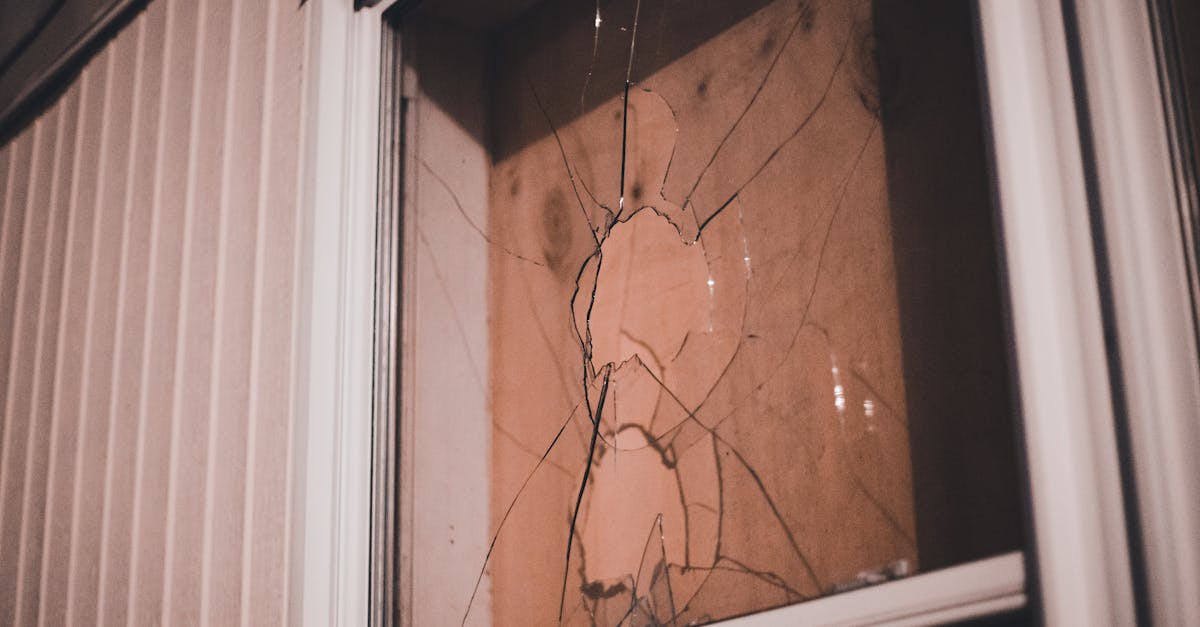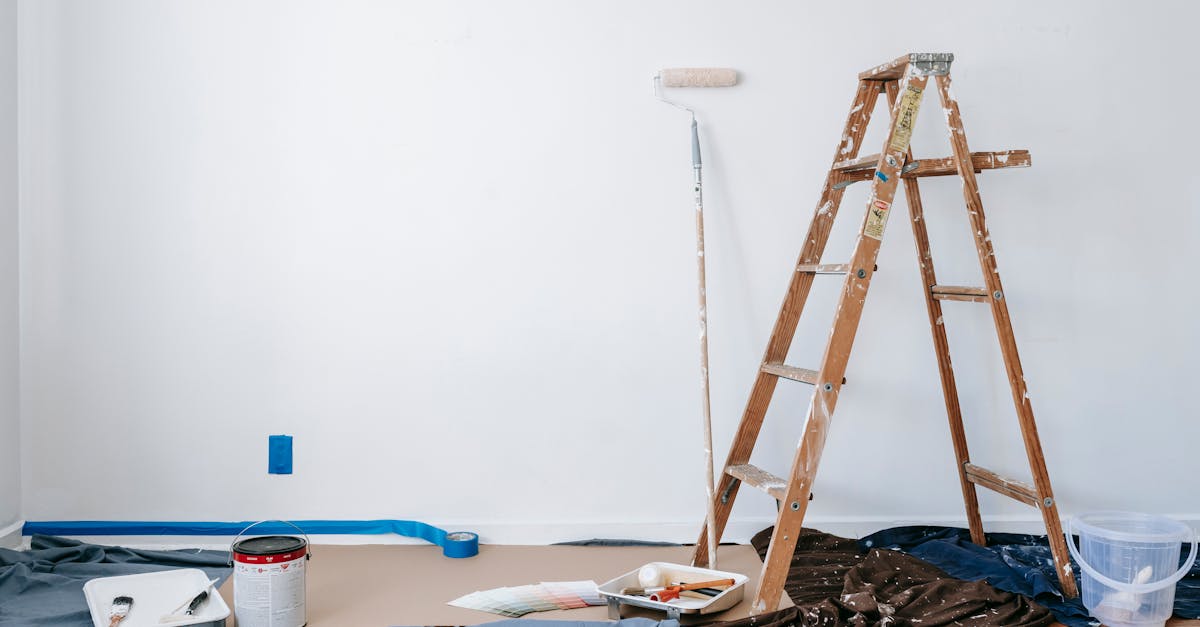
Table Of Contents
Home Equity Lines of Credit (HELOC)
Home Equity Lines of Credit (HELOC) offer a flexible financing option for investors looking to engage in fix and flip projects. By tapping into the existing equity of their primary residence or another property, homeowners can secure funds for renovations while enjoying a revolving line of credit. This means they borrow money as needed rather than withdrawing a lump sum. Many consider HELOCs an attractive choice because of generally lower interest rates compared to personal loans or credit cards.
Using a HELOC can be particularly advantageous when pursuing fix n flip loans. Investors can pull cash for materials, labor, and other expenses associated with property renovations while only paying interest on the amount used. This financing method allows for more efficient cash flow management during the renovation process. Moreover, HELOCs typically have less stringent qualification criteria compared to other forms of financing, making them accessible options for many investors looking to embark on their next fix and flip venture.
Using Existing Equity for Investments
Homeowners looking to invest in real estate, specifically through renovation projects, can capitalize on the equity built within their current property. Utilizing a Home Equity Line of Credit (HELOC) allows them to access funds without needing to sell their home. This financing method provides flexibility, enabling investors to draw money as needed while paying interest only on the amount utilized. These funds can be directed towards purchasing a new property or covering renovation expenses, making it an enticing option for those interested in fix and flip projects.
In addition to a HELOC, many investors may consider cash-out refinancing. This process allows homeowners to refinance their existing mortgage and take out a larger loan, with the surplus amount being available for investment purposes. It effectively taps into the property’s value while potentially lowering interest rates on the primary mortgage. Fix n Flip loans can be funded through this method, providing an attractive route for aspiring house flippers to secure the financial backing they need for quick renovations and subsequent resale.
Cash-Out Refinance
Cash-out refinancing can be an effective strategy for those looking to invest in fix and flip properties. This option allows homeowners to refinance their existing mortgage for more than they currently owe, pulling out the difference in cash. The funds obtained can be used for purchasing a new property, renovations, or covering any unexpected expenses during the project. With the rise of fix n flip loans, this method provides an avenue for leveraging existing equity to fund new investments.
Potential investors should consider the implications of cash-out refinancing carefully. While it can provide significant liquidity, increasing one’s mortgage balance also raises the risk associated with property value fluctuations. It’s essential to ensure that the anticipated return on the fix n flip project justifies the additional debt. Understanding the local real estate market becomes vital in determining whether this financing option aligns with investment goals.
Tapping into Property Value
Tapping into property value through a cash-out refinance allows homeowners to leverage their existing equity for new investments. This option can free up significant capital to finance renovations or purchase additional properties. By borrowing against the increased value of a home, investors can gain access to funds, enabling them to undertake fix-and-flip projects without depleting their savings.
For those considering fix-and-flip loans, understanding the process of a cash-out refinance is crucial. Homeowners usually refinance their existing mortgage for a larger amount, receiving the difference in cash. This method not only provides immediate liquidity but can also lower the interest rates compared to other financing methods. As the market fluctuates, tapping into this property value becomes a strategic move for savvy investors looking to maximize their returns.
Bridge Loans
Bridge loans provide a flexible financing option for investors seeking to purchase a property quickly without waiting for other transactions to finalize. These short-term loans typically cover the gap between the purchase of a new property and the sale of an existing one. For those engaged in fix and flip projects, securing a bridge loan can facilitate quick acquisitions, allowing investors to act fast in competitive markets.
Investor strategies often involve utilizing bridge loans to enhance cash flow during the renovation phase. Fix n Flip Loans can become accessible through these platforms, especially as they can offer the necessary funds to cover both the purchase price and initial rehabilitation costs. This creates an opportunity for investors to maximize profit margins by improving the property before listing it for sale.
Short-Term Solutions for Quick Purchases
Bridge loans provide a pragmatic option for investors looking to secure quick financing for a property. These short-term loans are designed to bridge the gap between purchasing a new property and obtaining long-term financing. With a streamlined approval process, investors can access funds rapidly, allowing for immediate purchases and the ability to act on opportunities in the competitive real estate market.
Fix n Flip loans are another viable choice for those engaged in short-term investments. Tailored specifically for real estate renovations, these loans cover both the acquisition and rehabilitation costs. Investors benefit from quick disbursement of funds and flexible repayment terms, making it easier to complete projects within a set timeframe and capitalize on potential profits.
FAQS
What is a fix and flip loan?
A fix and flip loan is a short-term financing option specifically designed for real estate investors who purchase properties to renovate and sell them quickly for a profit.
How does a Home Equity Line of Credit (HELOC) work for fix and flip projects?
A HELOC allows homeowners to borrow against their existing home equity, providing a flexible source of funds that can be used for purchasing and renovating investment properties.
What are the advantages of a cash-out refinance for a fix and flip?
A cash-out refinance allows homeowners to access the equity in their property by refinancing for a higher amount than what they owe, providing cash to invest in new properties without needing additional loans.
What is a bridge loan, and when should it be used for fix and flip projects?
A bridge loan is a short-term loan that helps cover the gap between purchasing a new property and selling an existing one. It's suitable for investors who need quick access to funds for a new property before selling their current one.
Are there risks associated with using loans for fix and flip investments?
Yes, there are risks, including market fluctuations, unexpected renovation costs, and the possibility of not selling the property quickly enough, which can lead to financial strain. It's important to do thorough research and planning before taking out a loan for a fix and flip project.



